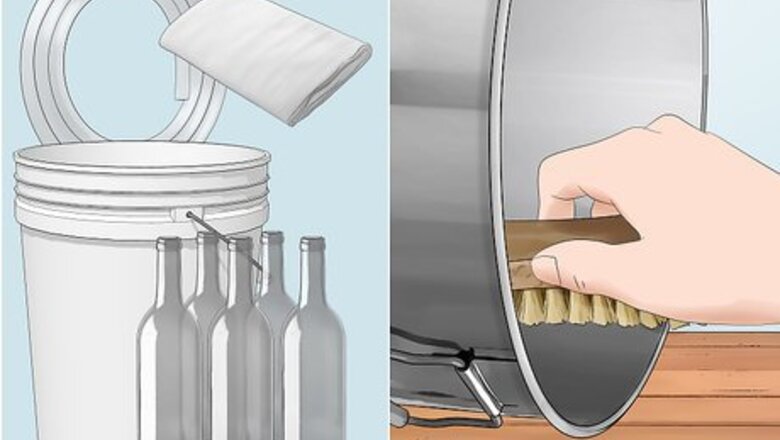
views
Mixing the Dandelion Wine
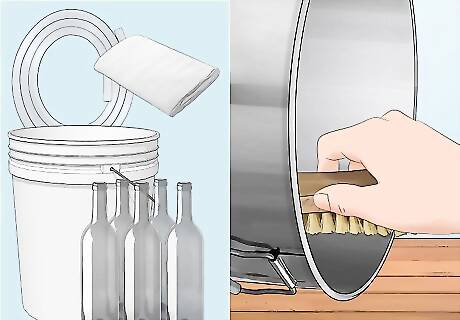
Sterilize your winemaking equipment with hot water. You can buy winemaking supplies at a local homebrewing and fermenting store or find equipment online. Don't use soap to clean your materials because soap leaves a residue. Instead, use a scrub brush and hot water to sterilize your pot, spoon, bottles, and strainer. To make dandelion wine, you'll need: A pot that holds at least 5 US quarts (4.7 L) Fine-mesh strainer Cheesecloth Fermenting container A thin plastic tube for siphoning 5 wine bottles
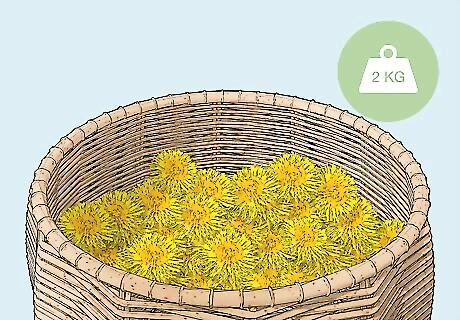
Cut 16 cups (2 kg) of dandelion flowers. Take a big bucket into a field of dandelions that haven't been sprayed with pesticides. Pluck the dandelion heads and toss them into the bucket. Try not to pick any leaves or stems, since you don't want anything green, which makes the wine bitter. When you get home, measure the flowers to see if you have 16 cups (2 kg). Pick your dandelions on a sunny day since they'll be wide open and there won't be bugs hiding in the petals. Some people don't mind leaving the green base attached to the dandelion heads, but it can make your wine taste a little bitter. For the best-tasting wine, cut the petals from the green base of the stem. Enlist help for this! It can take a while to pick 16 cups (2 kg) of dandelions, so ask friends or your kids to pick with you.
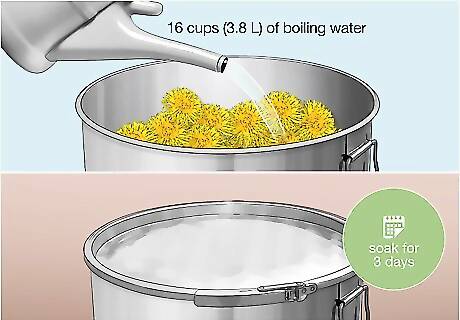
Pour boiling water over the petals and soak them for 3 days. Transfer the petals into a pot that holds at least 5 US quarts (4.7 L) and carefully pour in 16 cups (3.8 L) of boiling water. Then, cover the pot and put it in a dark room at room temperature. Leave the petals to soak for 3 days so they infuse the water.
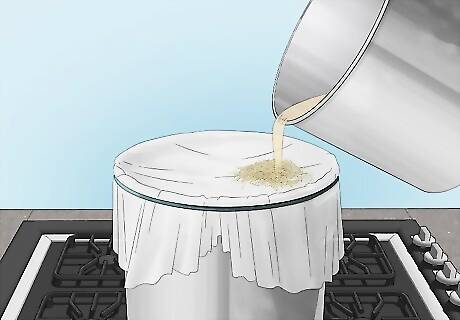
Strain the liquid into another large pot. Get out another pot that holds at least 5 US quarts (4.7 L) and set it on the stove. Place a colander or fine-mesh strainer over it and lay a few pieces of cheesecloth in it. Take your infused dandelion water and slowly pour it through the strainer so the cheesecloth catches all of the petals. Then, throw away the petals. You can push against the petals with the back of a spoon or gather the cheesecloth and squeeze it to get all of the water into the pot.

Add sliced citrus, raisins, and sugar to the pot. Cut 3 lemons and 3 oranges into slices and add them to the pot. Stir in 1 cup of (145 g) of raisins and 5 1/2 cups (1 kg) of white granulated sugar. The citrus lightly flavors the wine and the raisins can give the wine some body.
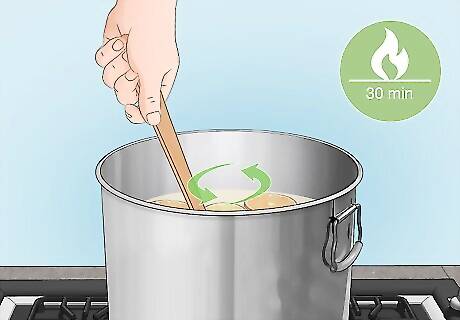
Boil the liquid for 30 minutes. Turn the burner to high and stir the mixture occasionally. Boil it for 30 minutes so all of the sugar completely dissolves and the raisins plump up. Use a long-handled spoon so you don't burn yourself if the hot liquid splatters.
Fermenting the Wine
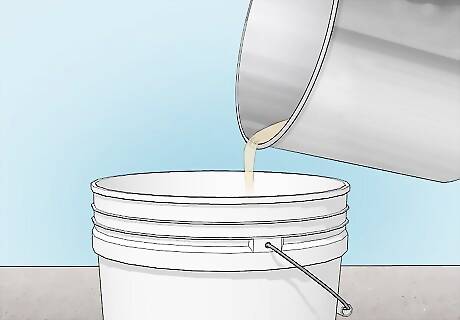
Pour the liquid a fermenting container and cool it to room temperature. Get out a fermenting container that holds at least 5 US quarts (4.7 L) and pour the strained dandelion water into it. Set the liquid aside to cool for at least a few hours or until it's room temperature. It's really important to cool the liquid before you add the yeast or the heat will kill the yeast. You can use a sterilized bucket, jar, or container with a lid to ferment the wine.
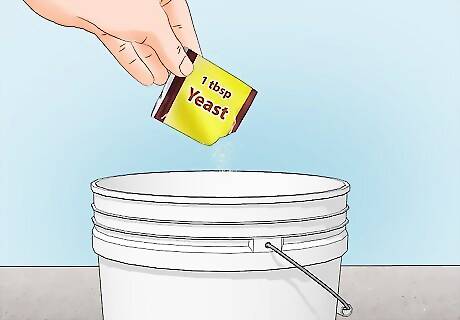
Sprinkle 1 tablespoon (12 g) of active dry yeast onto the liquid. Before you add the yeast, read the label and check the expiration date. If the yeast hasn't expired, sprinkle 1 tablespoon (12 g) of it over the liquid in your fermenting container. There's no need to stir the yeast. Wine yeast is best for this recipe, but if you can't find it, you can substitute the same amount of active dry yeast. However, your wine might be cloudy and the taste may be a little off if you use active dry yeast.
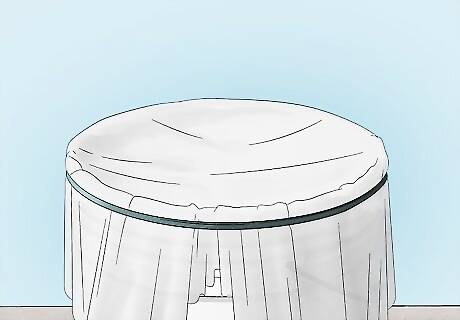
Cover the container with cloth and pin it in place. Spread a layer of cheesecloth over your fermenting container and secure the edges. Use clothespins to pin the cloth to the edges of a fermenting bucket or use a rubber band to hold the cloth in place on a fermenting jar.
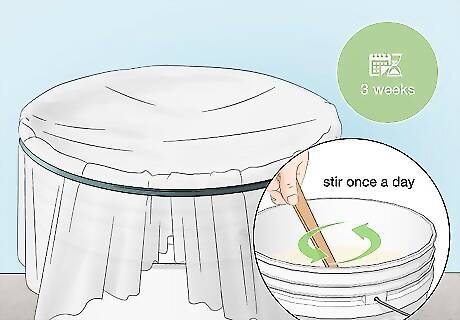
Ferment the wine for 3 weeks at room temperature and stir it once a day. Put the fermenting container back in a dark place at room temperature and leave it for 3 weeks. Stir it once a day until the surface of the liquid stops forming bubbles. The yeast causes the liquid to foam as it becomes active. When it stops foaming, this is a sign that the wine isn't fermenting anymore.
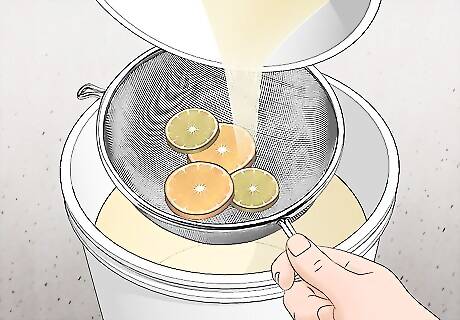
Strain the wine into a clean container. Set a fine-mesh strainer over a large container and pour the wine through it. This catches stray dandelion petals, the citrus slices, and the raisins. Stop pouring when there's mainly cloudy yeast sediment in the bottom of your fermenting container.
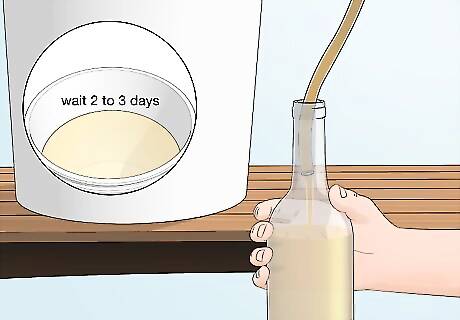
Leave the wine for 2 to 3 days before you bottle it. Give the wine a chance to settle again before you bottle it. Wait 2 or 3 days, then set 5 sterilized wine bottles on your counter. Fill each bottle with dandelion wine and leave space at the top so you can put a cork in. If you have a siphon and clear plastic tubing, use these to siphon the wine from the container into the bottles.
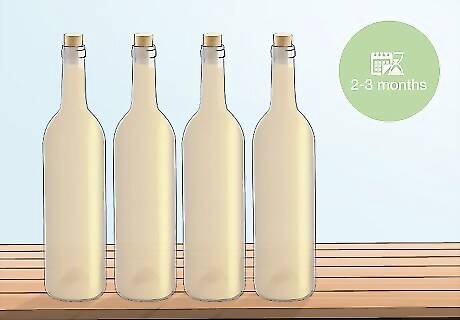
Age the wine for 2 to 3 months before you serve it. If you try to drink the dandelion wine immediately, it will have a harsh flavor that's not very pleasant. Put your filled wine bottles in a cool, dark space and leave the wine for at least a few months before you enjoy it. You'll be rewarded with mellow, sweet dandelion wine! Remember that dandelion wine has about the same alcohol content as standard wine made from grapes. Only serve the wine to guests who are of legal drinking age, and drink responsibly. If you taste the wine and find that it's still too harsh, just stop it back up and age it for a few more weeks.










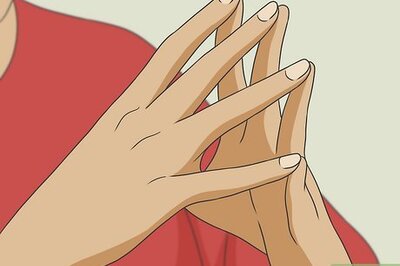




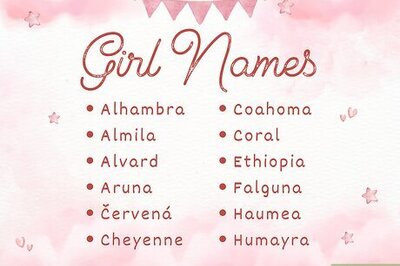




Comments
0 comment